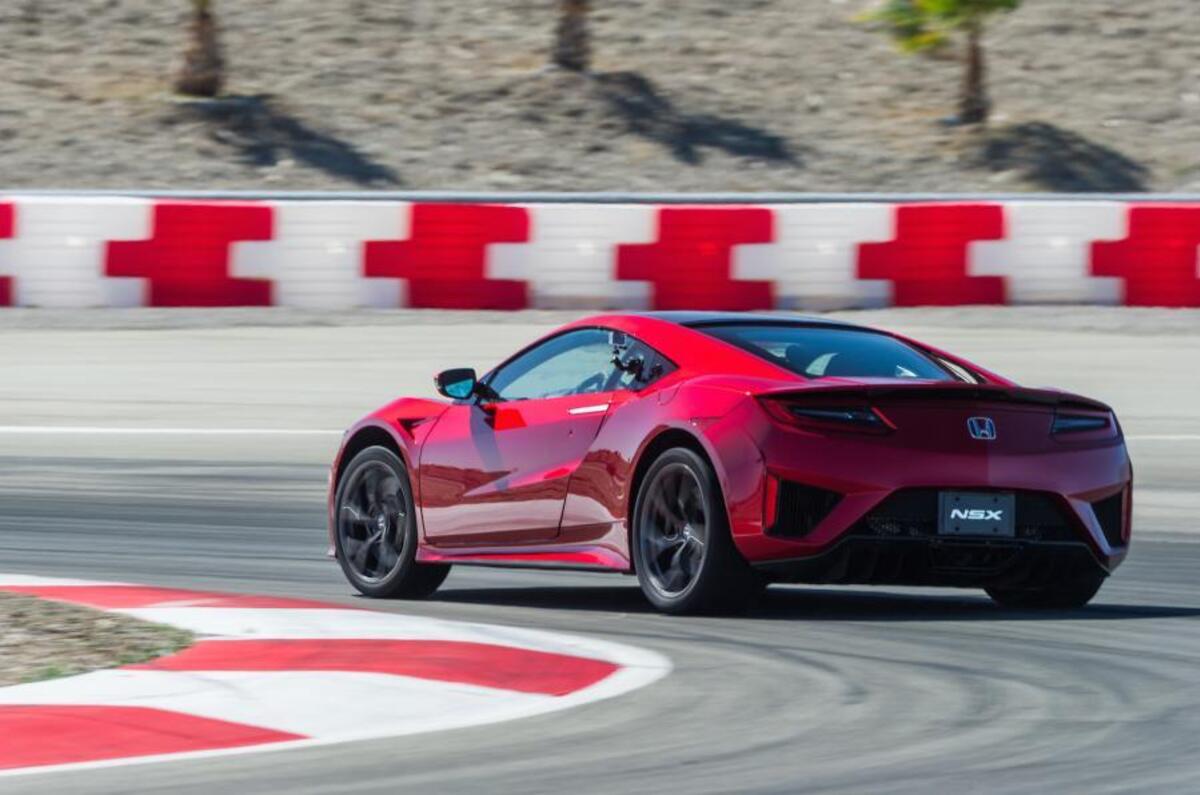As any comedian knows, it’s all in the delivery. And as every agony aunt will tell you, it’s not what you have but what you do with it. Which is why I wrote to Dear Dier… No. Which is why so many engineers spend tens of thousands of hours developing engines to drive a certain way. A way that drivers don’t just accept but actually like – or, at the very least, don’t notice.
They strive to remove vibration or put in pleasing sounds and responses. At the lowest level they design a counter-rotating balance shaft for a three-cylinder engine so it doesn’t shake so much that people buy a rival car instead.
And at the top end they might consider whether a flat or crossplane crank is preferable. They try to limit turbo lag. You’d scarcely believe the trouble to which they go to do this: ultralow-friction cylinder linings, super-effective turbocharger shapes and materials, even the way a crankshaft is profiled to swish through sump oil, getting sufficient lubrication but causing minimal drag.
Every last component is considered to give precisely the kind of delivery, response, feedback and noise that they think is right for the car. Some people spend their working lives dedicated to it. It is a craft Then along comes an electric motor and renders the whole lot redundant. Sorry all. Thanks for your time. We enjoyed that five-pot warble for a while. Shut the door on your way out.
Curious. Now, I like electric motors. I like them in everything from my toothbrush to a 691bhp Tesla Model S, but the output of any is similar: maximum torque from zero revs and a seamless, slowly depleting delivery from there on. It’s effective. But it’s not exactly exciting. Not like a VTEC or big-block Chevy V8.
But the electric motor is a versatile thing. In hybrids like the Honda NSX or McLaren P1, it already switches direction mid-spin to haul revs up or down to speed up gearshifts. And this quickness of response – faster than any internal combustion engine – could let electric motors mimic precisely the character of any diesel or (more likely) petrol engine.
It’s not a given you’d want to, of course. But there aren’t just emotional reasons you’d want to. A big single-cylinder engine in an off-road motorcycle gives good traction, because between each firing stroke the torque drops and traction is regained; an electric motor could do this for a stuck 4x4. It could be programmed to reduce power at low revs and only go fast when you work it. It could limit power for inexperienced drivers. An electric motor couldn’t just replicate a combustion engine, it could do all they do, and more. Which gives all those engineers something still to do. Because we’ve barely started.








Join the debate
Add your comment
The linearity of the electric
In parallel the engines of GT or supercars are loosing their music with the down sizing. Manufacturers have more and more recourse to synthetiser (isn't it BMW ?).
Aren't these engineers trying to make ICEs like EVs?
Aural pleasures